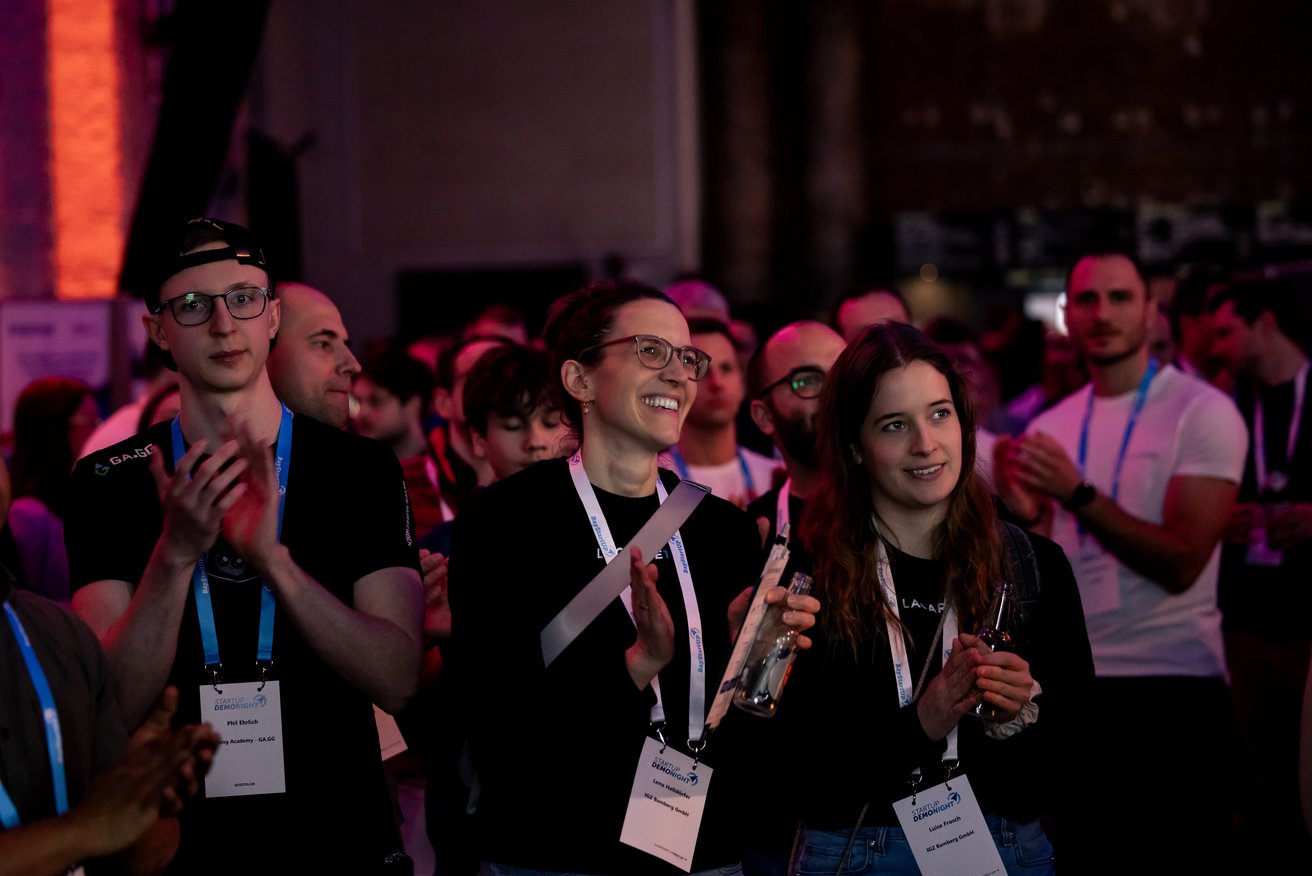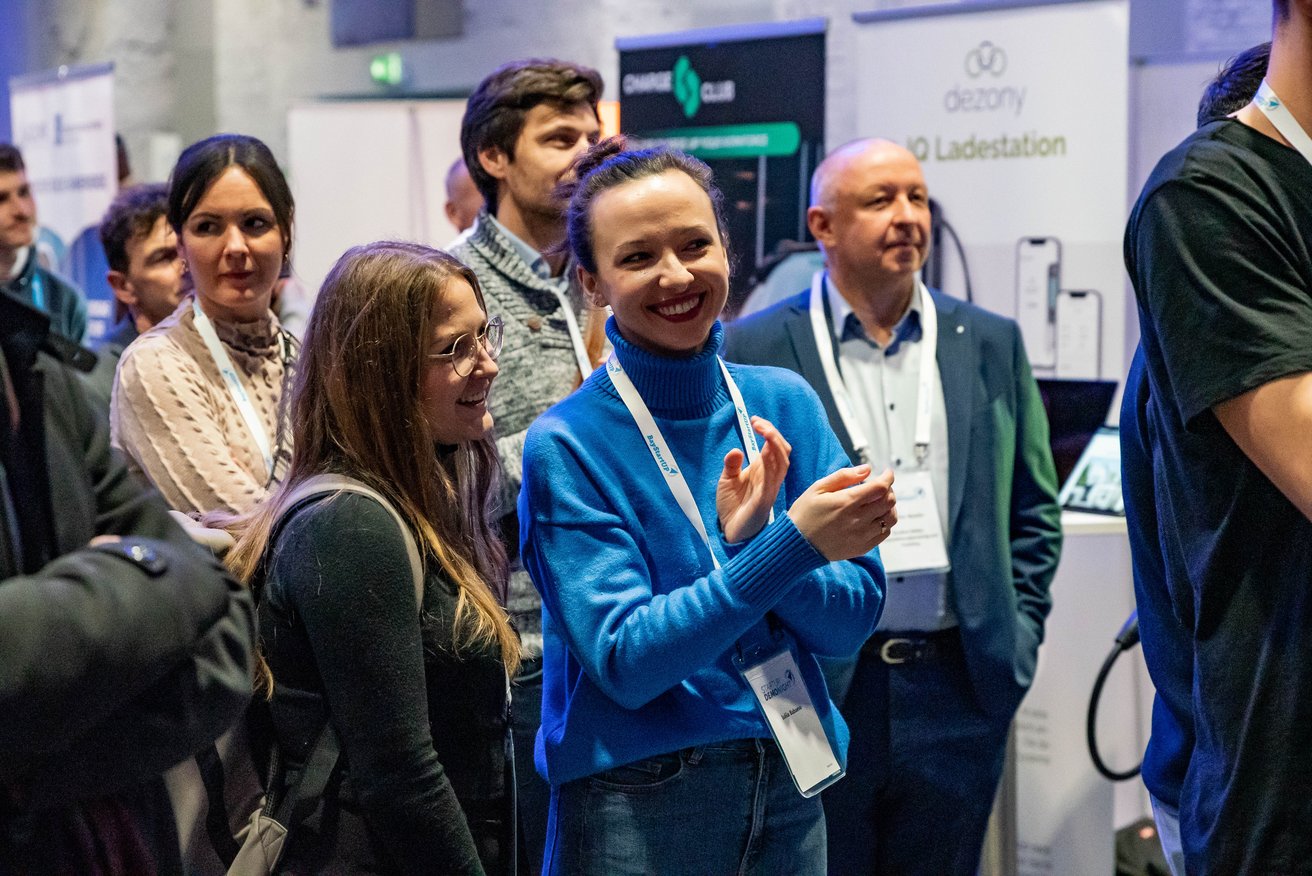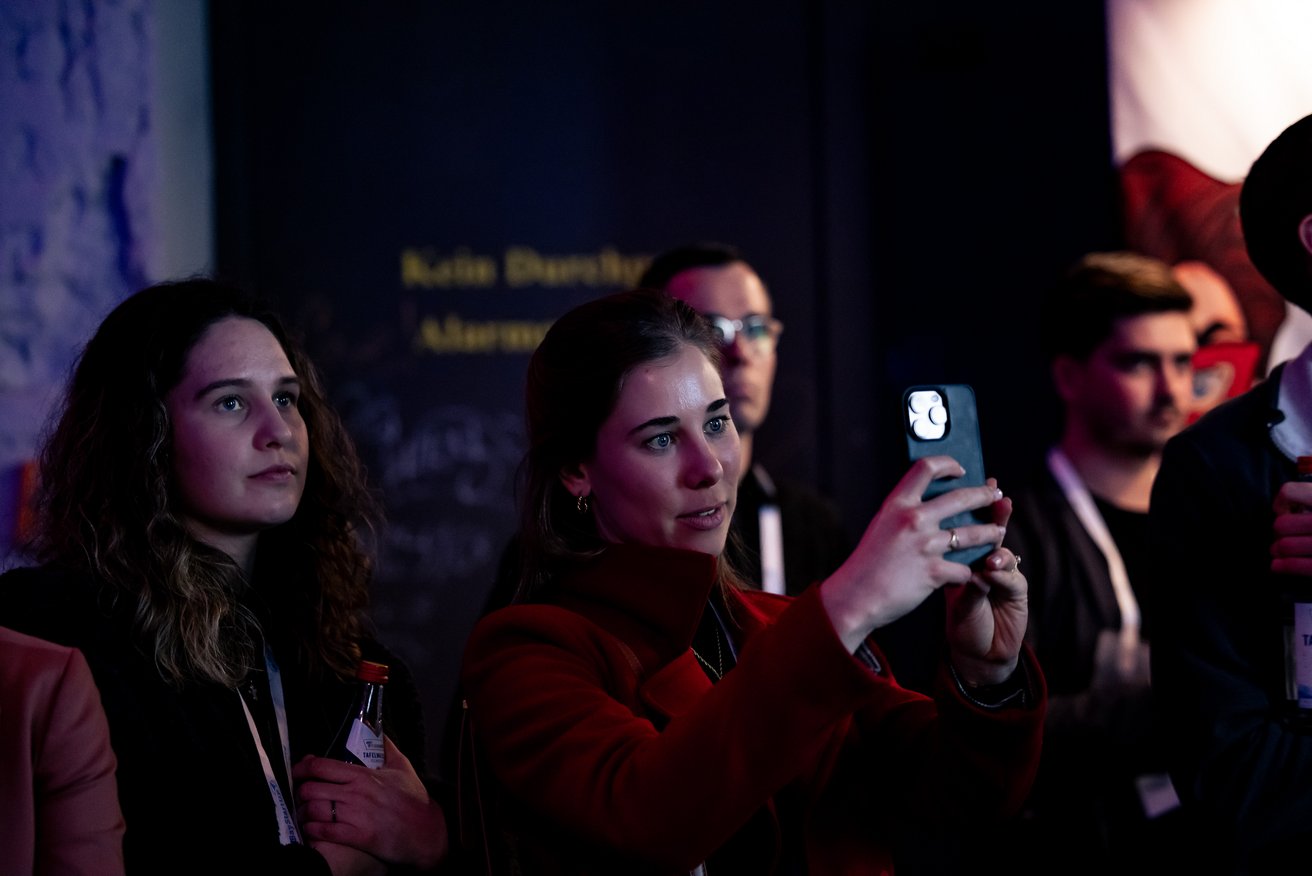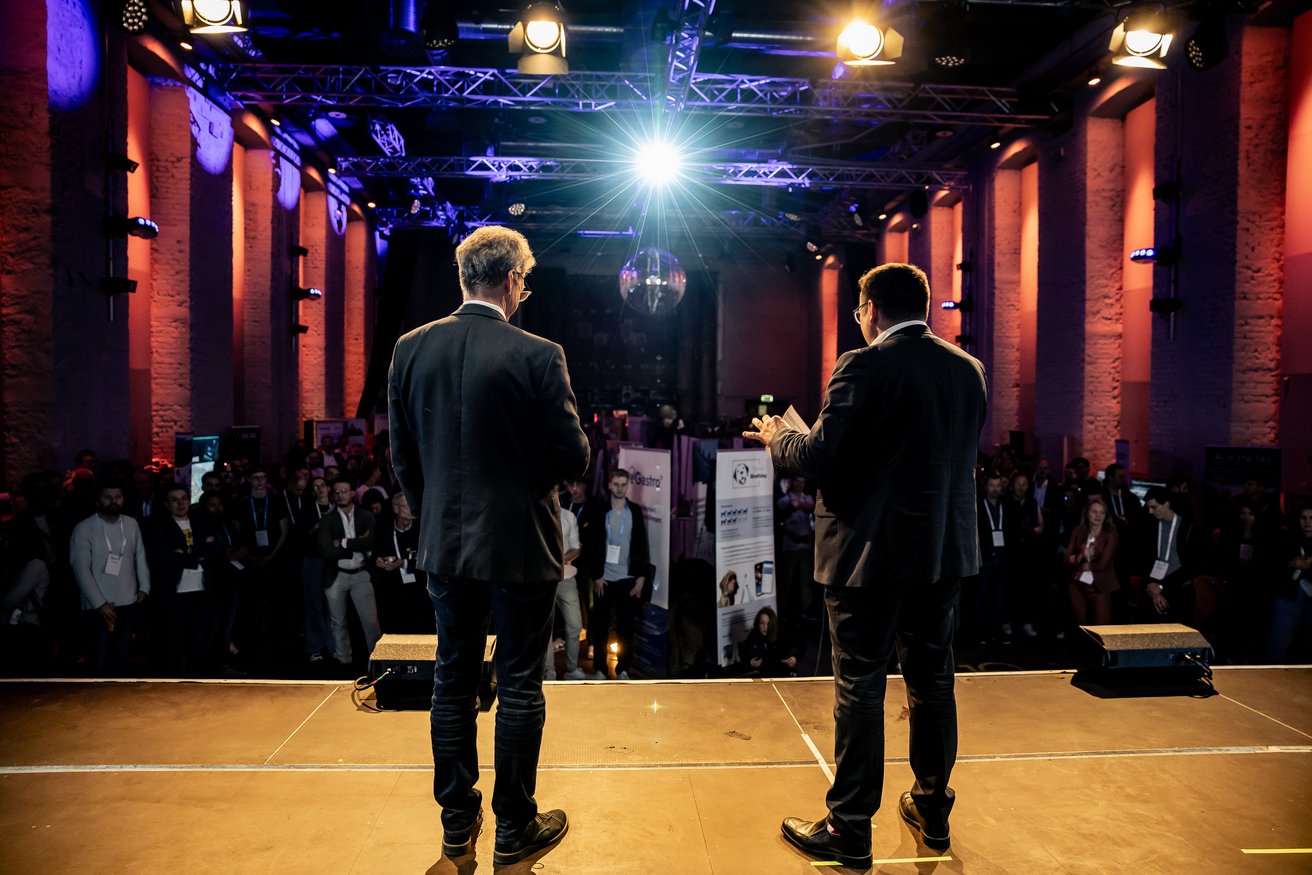Which start-up team from Northern Bavaria has a chance of winning a place in the first phase of the competition? Here we present the nominated startups. We will select the winners on 11 March at the Nuremberg Startup Demo Night. Register now and experience the ideas of the nominees and 20 other exciting teams live and in colour.
- BauKoDat from Aschaffenburg University of Applied Sciences is the first web-based platform for the construction industry to record internal company construction cost data in a structured database, validate it and use it for new projects.
- Better Reply from Köditz is an AI-supported review management platform for Google reviews that saves companies time in responding with intelligent & individualised response suggestions.
- BreatheAssist from Friedrich-Alexander-Universität Erlangen-Nürnberg is a new type of intensive care ventilator that precisely supports natural breathing, minimises lung damage, shortens the duration of ventilation and reduces the workload on medical staff.
- CompactGreens from Erlangen is an automated, modular green wall for indoor spaces that enables fresh herbs and vegetables to be grown directly in the living room.
- ENDOLEASE from Würzburg is developing the first implantable platform technology for precise, localised drug release directly into the arterial bloodstream. This minimises side effects and increases treatment efficiency in cardiology, oncology, neurology and transplantation medicine.


- fiveD from Friedrich-Alexander-Universität Erlangen-Nürnberg is developing a hyper-realistic radar simulation platform with which radar systems can be tested, optimised and prepared for AI applications more quickly and cost-effectively.
- gido from Ansbach University of Applied Sciences is a social marketplace for digital audio guides. Here, stories are shared by guides that connect us and make us feel like a local, no matter where we are.
- HySeDi from Regensburg reduces hospital infections with the MEDI-SINK air-siphon washbasin system, saving 3,000 lives a year, reducing hospital costs by €300 million and social costs by €1 billion.
- KLAO from Würzburg is the first software that enables public institutions to automatically translate their texts into certified, DIN-compliant plain language in order to fulfil applicable law.
- LaMa from Würzburg wants to use innovative technology to make plastic waste that is currently being incinerated available for material cycles.
- Mainition CRM Automation from Aschaffenburg is developing AI agents for sales that companies can use to activate their new and existing customers automatically yet individually.
- mindocu from the Julius-Maximilian-University of Würzburg is a software that supports psychologists and doctors in creating precise expertises under the highest safety standards.
- Noesis from Nuremberg offers an ‘Agentic Knowledge Graph as a Service’, which brings together company and market data from various sources in a central database for strategic market analyses and process automation.
- Palettix offers a Europe-wide, cost-effective, sustainable and digital relocation solution by transporting removal goods on pallets, optimised by AI-supported processes and flexible booking.
- ProcessBridge from Würzburg combines in-depth SAP knowledge with generative artificial intelligence to accelerate the processing of IT projects.


- Rivercyte from Erlangen is revolutionising clinical infection diagnostics in newborns by recording the physical properties of blood cells for the first time.
- RocketMIND is an app combined with a physical gadget that playfully strengthens the self-esteem and resilience of children and young people and prevents mental illness.
- StrokeCap from the Julius-Maximilian-University of Würzburg is changing stroke care through mobile, radiation-free diagnostics in the emergency services.
- TrueCore develops microblade servers that consume 50% less energy and are also scalable and highly secure for data centres, cloud providers and edge computing.
- Vasc-on-Demand from Würzburg develops artificial human blood vessels for tissue models, thereby lowering error rates in clinical studies, reducing animal testing and accelerating research.
